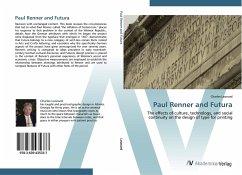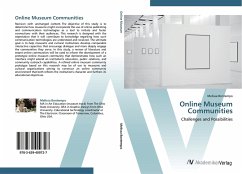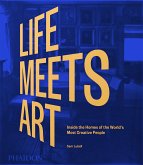Revision with unchanged content. This book reviews the circumstances that led to what Paul Renner called "the inflation of historicism," places his response to that problem in the context of the Weimar Republic, details how the German attributes with which he began the project were displaced from the typeface that emerged in 1927, demonstrates that Futura belongs to a new category of serif-less roman fonts rooted in Arts and Crafts lettering, and considers why the specifically German aspects of the project have gone unrecognized for over seventy years. Renner's writing is compared to ideas prevalent in early twentieth-century German cultural discourse, and Futura's design process is placed in the context of Renner's personal experience of Weimar's social and economic crises. Objective measurements are employed to establish the relationship between drawings attributed to Renner and are used to compare features of Futura with other fonts of the period.
Hinweis: Dieser Artikel kann nur an eine deutsche Lieferadresse ausgeliefert werden.
Hinweis: Dieser Artikel kann nur an eine deutsche Lieferadresse ausgeliefert werden.








